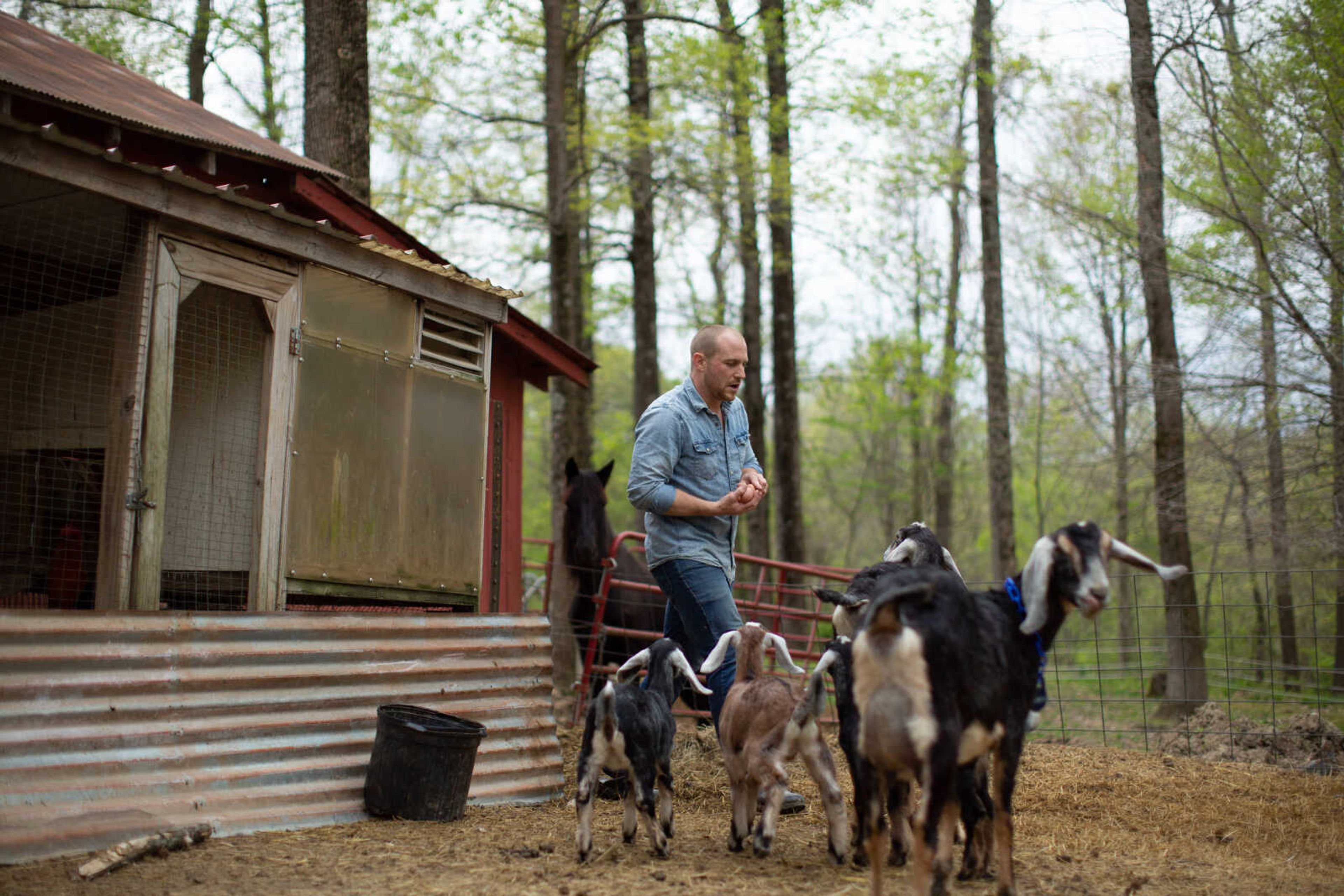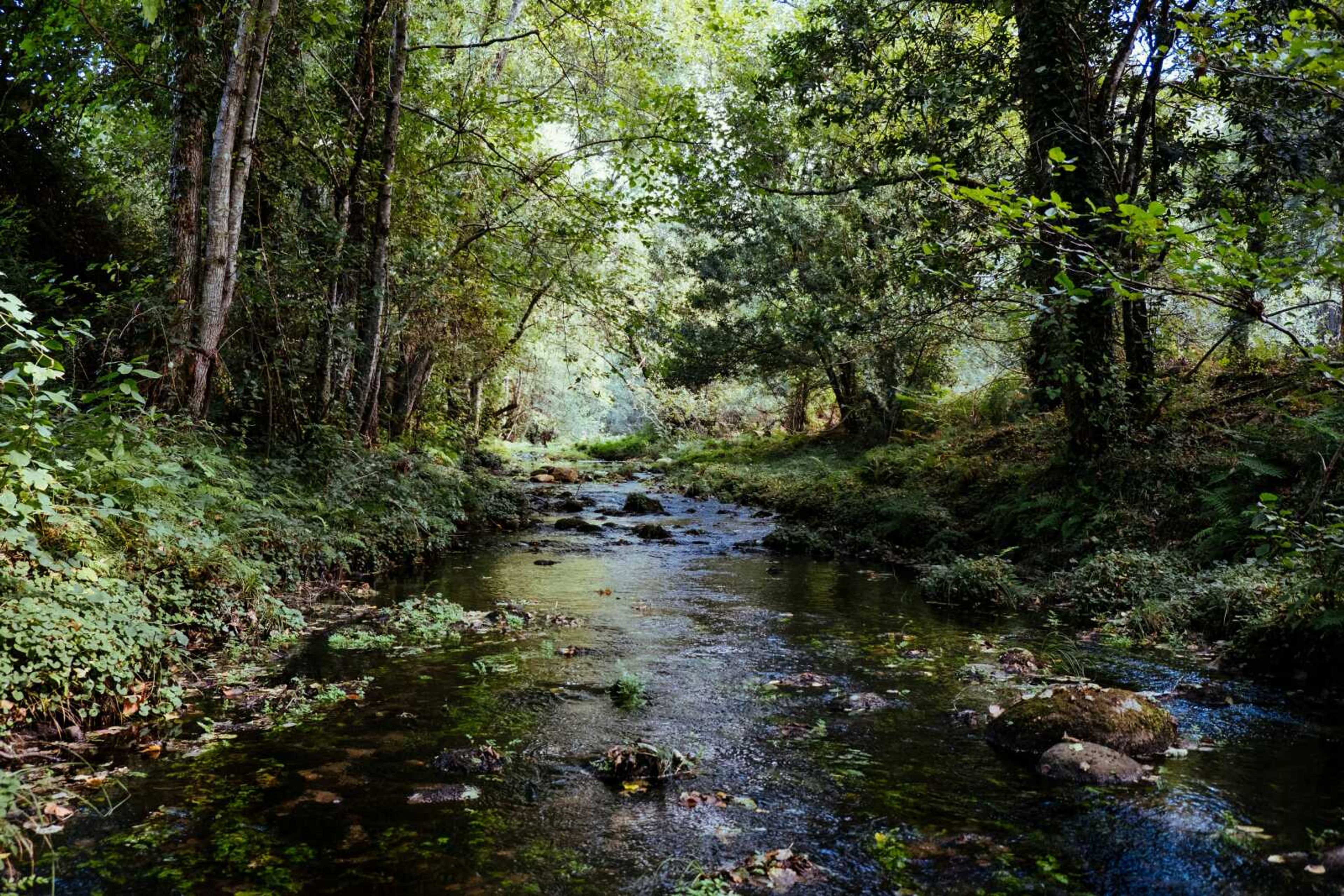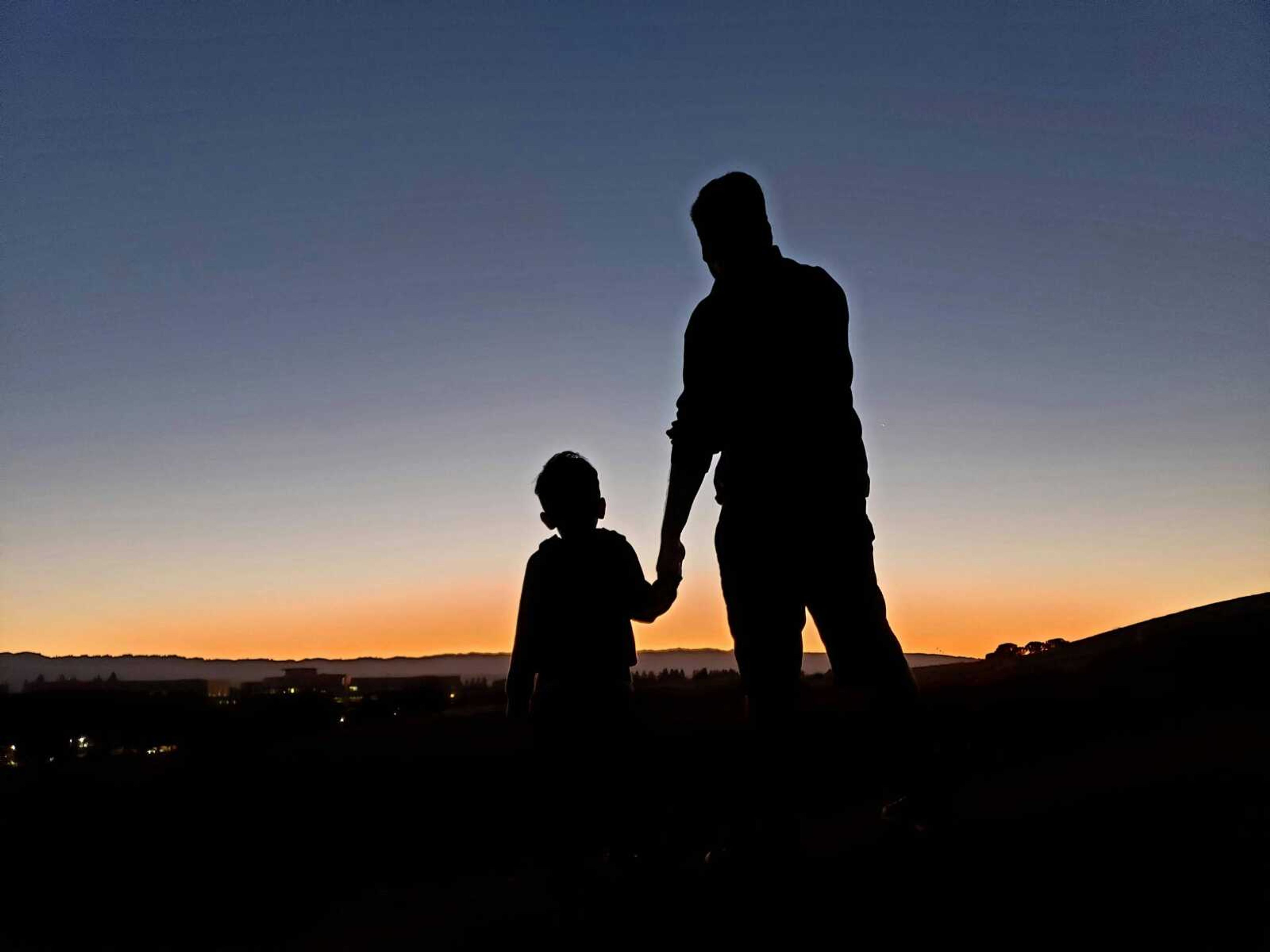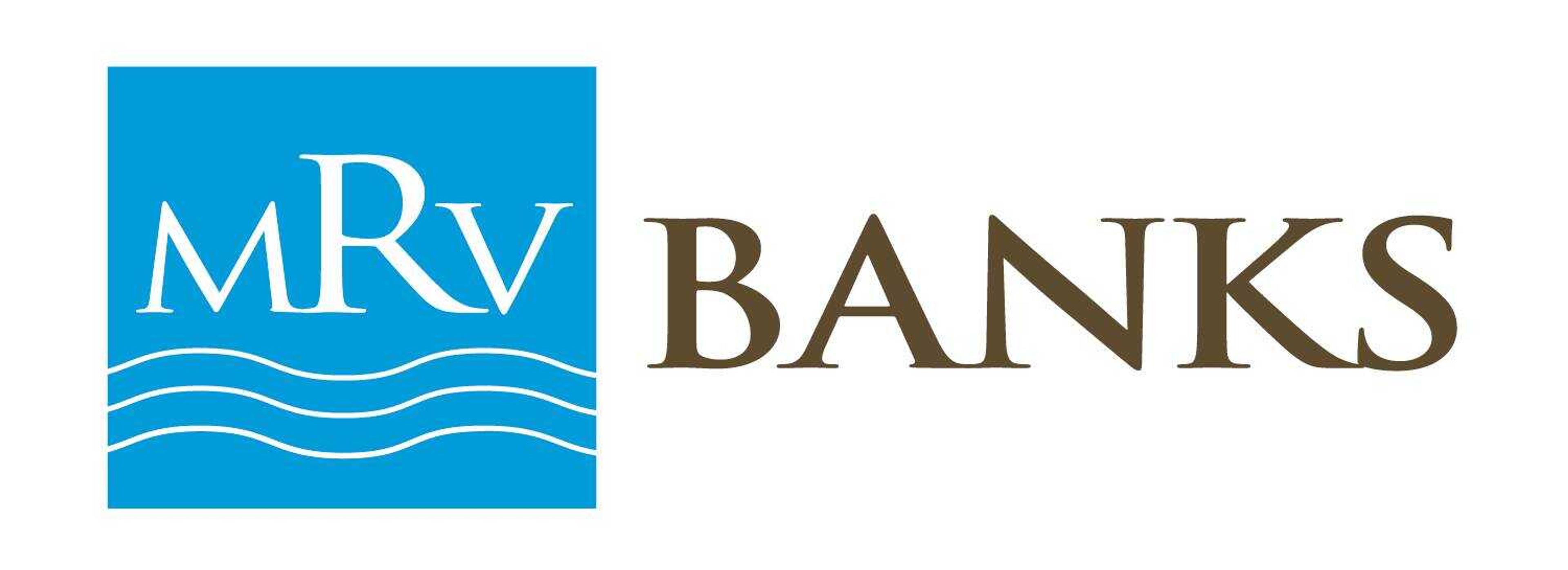Every day at 4 a.m. and every day at 4 p.m., Trever Duncan goes out to milk the goats.
One at a time, each goat hops up on the wooden milk stand he and his dad built, and Trever gently fastens the head gate around the goat’s neck to keep her in place while she eats from the trough on the front of the stand. After disinfecting the teats, he handmilks each goat. It’s the first step in his cheesemaking process.
For Trever, milking goats is a meditative retreat.
“I’m a dad, so it’s either, like, go out and drink coffee with the goats in the morning, milk, go out in the evening and drink a beer,” he says. “So, it’s kind of a nice little getaway.”
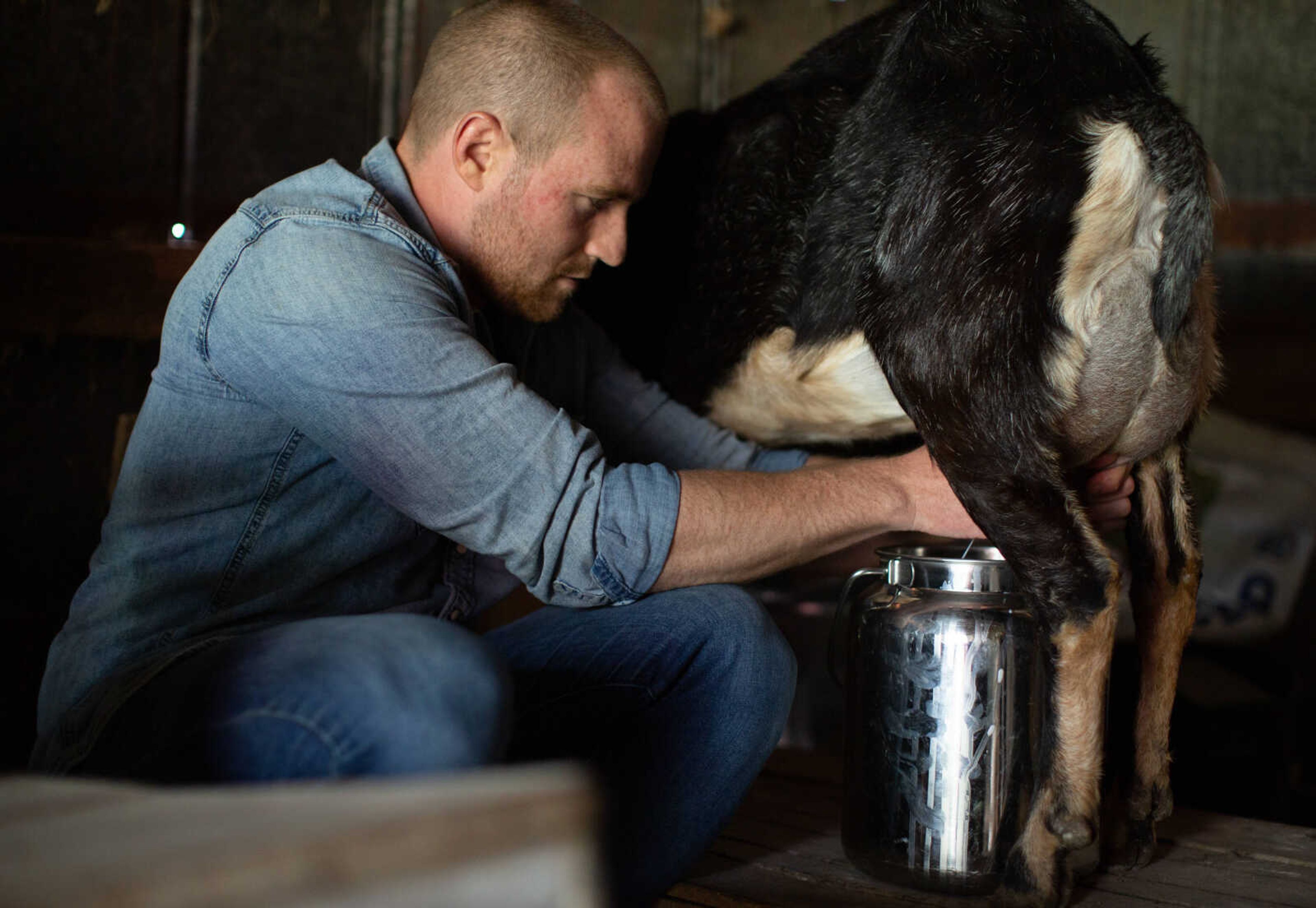
His goat hobby origin story began approximately 10 years ago, when Trever’s uncle gave him the first horse Trever broke in. Following his interest in animals, when he was 24, he moved to Beechwood, a private club outside of Dutchtown founded as J&J Fishing Club in the 1800s that operated as Beechwood Club until 2019, boasting the oldest swimming pool in Cape Girardeau County. A second horse followed the first, as did free-range chickens and a billy goat. After that, he purchased two Nubian goats and had them for a few years before selling them because he didn’t want to commit to the milking schedule.
In 2020, Trever had more free time due to the pandemic, so he again purchased two Nubian does and got back into the hobby. Now, he owns 15 acres complete with four goats, three baby goats also known as kids, chickens and a donkey. He calls his operation Beechwood Gaard, which is Danish for “farm,” an homage to Denmark, where his wife Steffie is from.
Trever says he has learned about goats through “trial and error,” as well as through internet research and by talking with older guys he knows. The goats produce approximately a gallon of milk a day, and Trever says they can be milked for up to 10 months a year; he usually milks them for six to seven months each year. In the spring, Steffie and her friends participate in goat yoga, allowing the kids to walk on them as they do yoga poses.
“They’re like great danes — they’re super friendly,” Trever says of the goats he and his family sometimes take on hikes around their property. “These guys are pretty fun. They’re all registered; they all have names.”
And they have a good group of names: The woman Trever bought the adult does from named them Giselle and Sparkle. Steffie and her goat yoga friends named one of the baby does Rosie, a little girl named the other baby doe Brownie, and Trever named the baby buck Padrick because he was born on St. Patrick’s Day. One of the adult bucks is named Gorm after the first Danish Viking king; the other is Iver, after Iver the Boneless.
Nubians, Trever says, are known for being cheese goats. And so, he makes cheese.
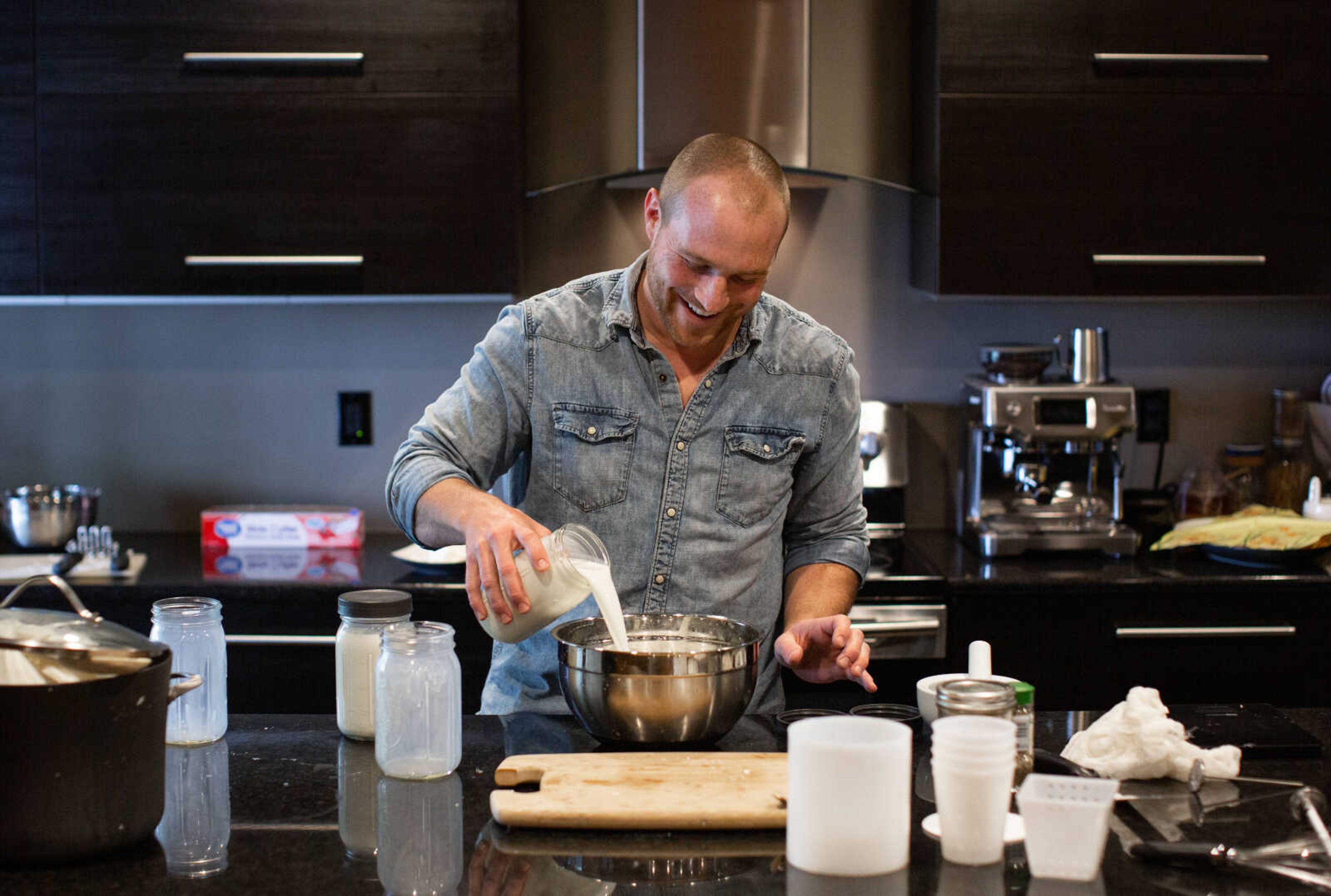
Although he has made mozzarella, stinky cheese and other types of cheeses before, Trever says he most often makes chèvre because it is not as labor-intensive or time-consuming as other types of cheeses. Steffie agrees: chèvre is an ideal cheese to make because it is versatile.
“I like the chèvre just because it’s easier to make and it’s easier to consume, too, because you can make it, you can use it in so many different ways,” she says.
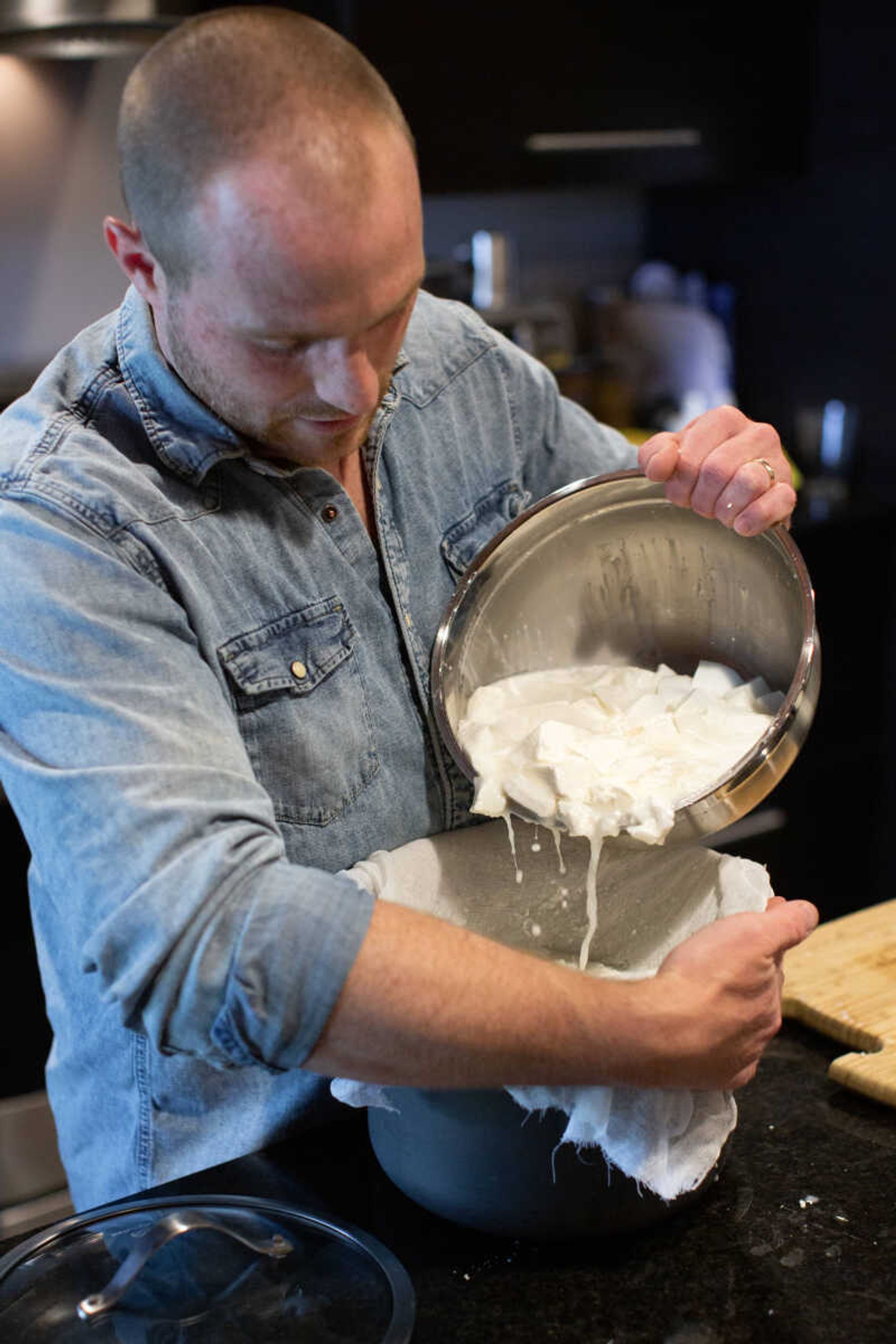
Trever’s process goes like this: First, the milk needs to be approximately 86 degrees; when it comes out of the goat, Trever says it is usually around 101 to 103 degrees. Once the milk cools, he pours a packet of rennet into four quarts of milk and lets it sit for two minutes to hydrate the rennet and culture before stirring it into the milk, allowing the microbial enzyme rennin to cause the milk to coagulate, forming the milk into a solid substance. He covers the milk and lets it sit for hours before coming back to cut it with a knife to help the cheese drain faster before pouring it into a cheesecloth. It can then sit for hours again, straining the whey from the solid mass of cheese.
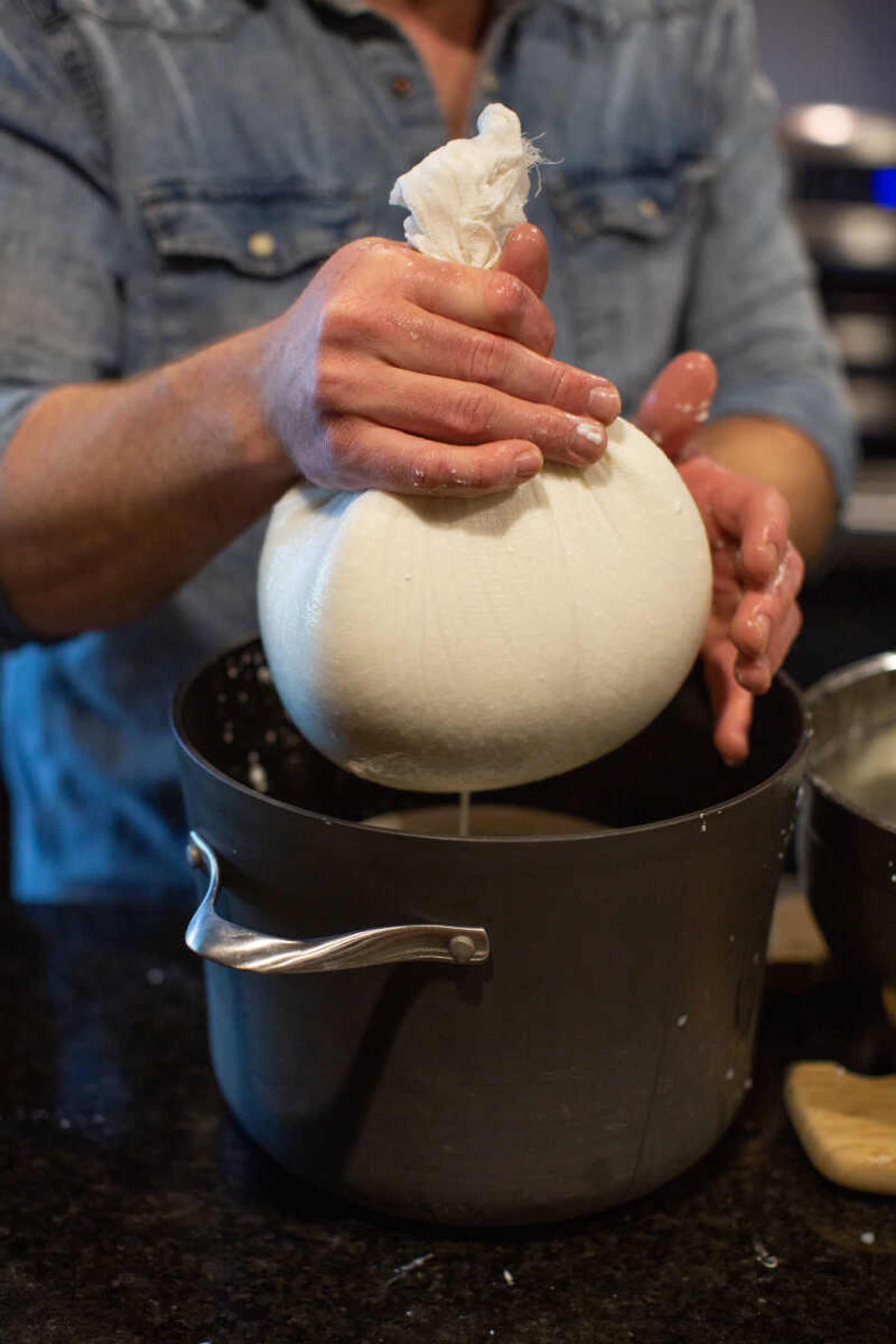
When it is ready, he measures eight ounces out and kneads it in a bowl with a potato masher, adding salt from Denmark. If it’s too dry, he says he adds a little bit of whey back into it. Next, he puts the cheese on plastic wrap and rolls it up, shaping it into a log; sometimes, he uses cheese molds to make the cheese into different shapes. Then, the cheese goes into the freezer to finish hardening. Once it’s ready, Trever takes the cheese from the plastic wrap and rolls it in various coatings such as ashes, salt or herbs de Provence.
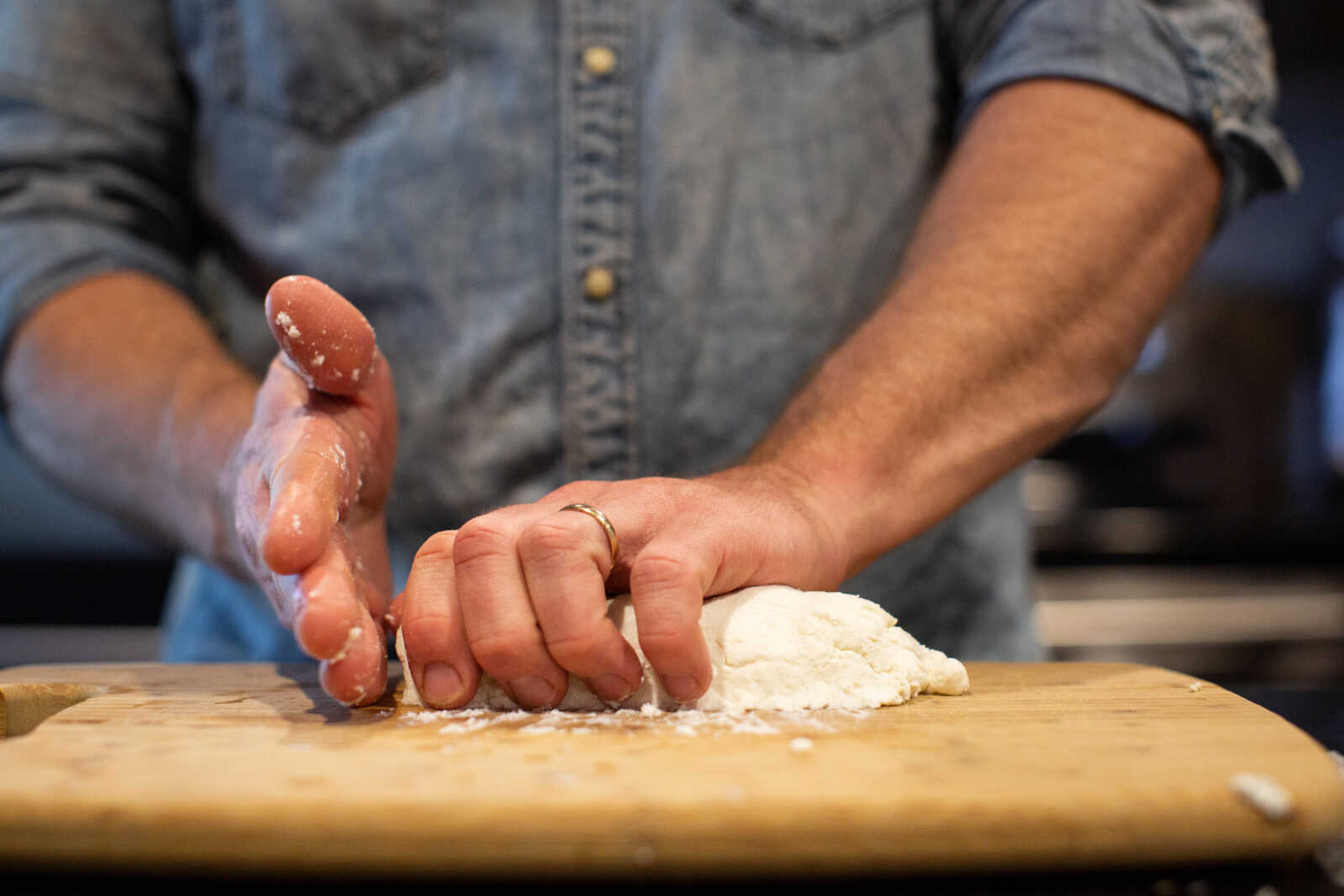
Steffie says it’s a process that can be started in the morning, and by dinnertime, they have cheese. The fruits of their labor are always a highlight when they bring the cheese to dinner parties with friends.
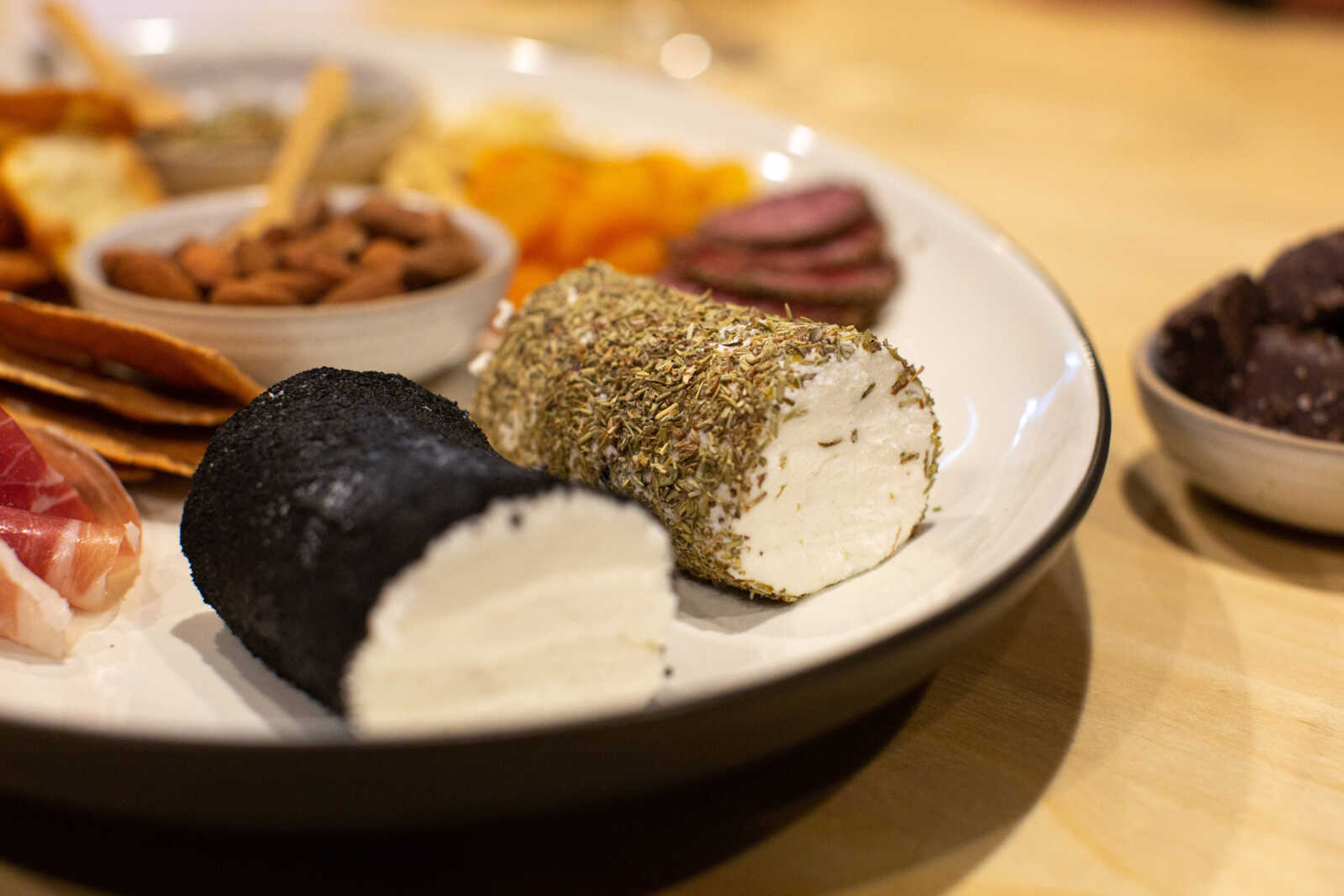
While he enjoys eating and sharing the cheese, it’s the process of making it from start to finish and caring for the goats that Trever enjoys. The end product is just a bonus.
“When you get that much milk, you’ve got to do something with it,” he says.

